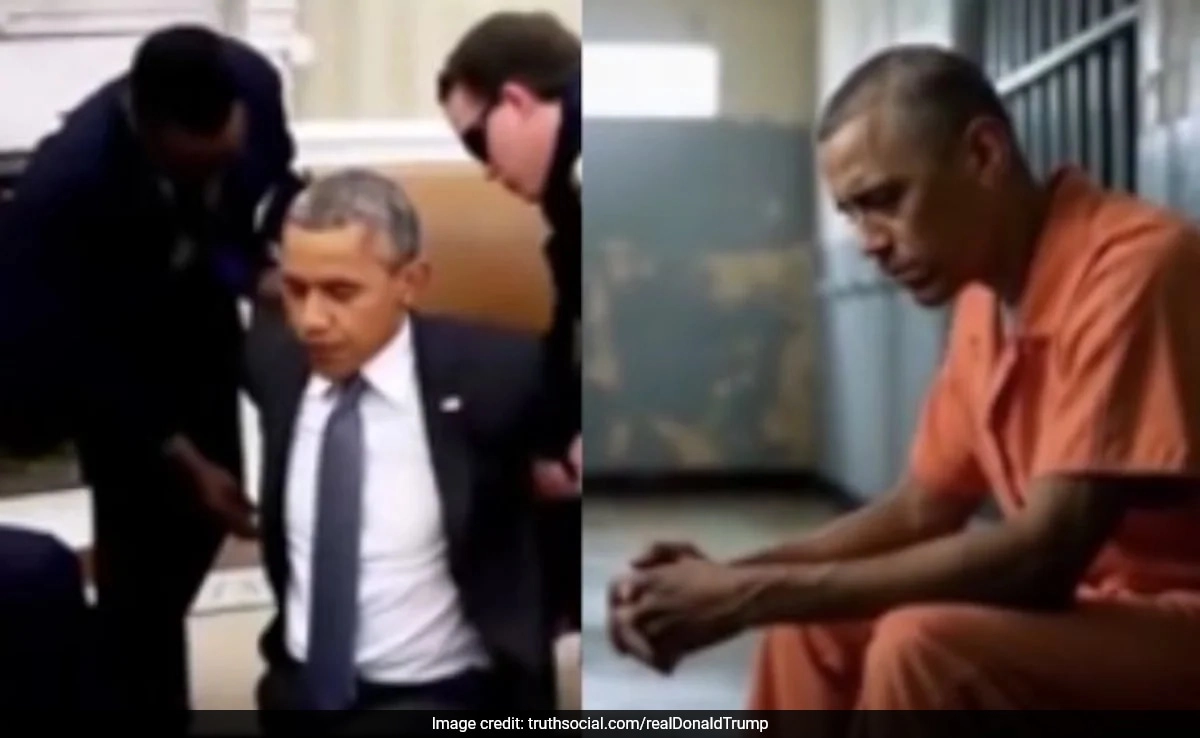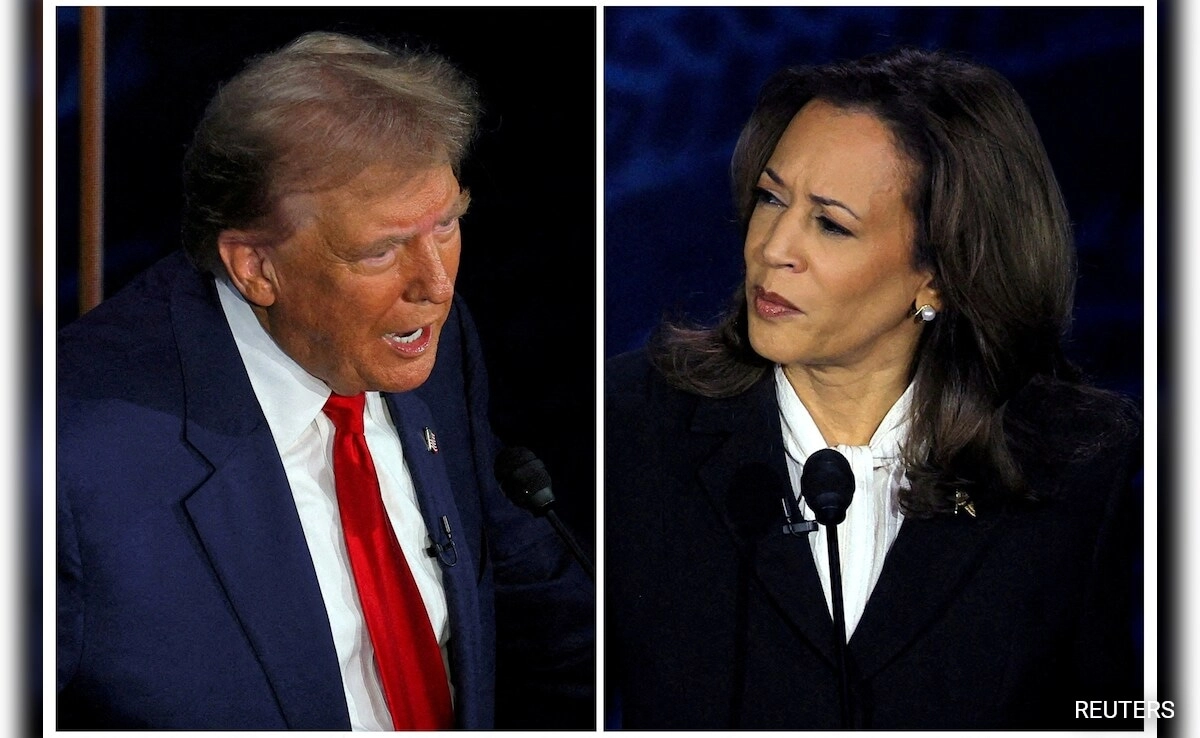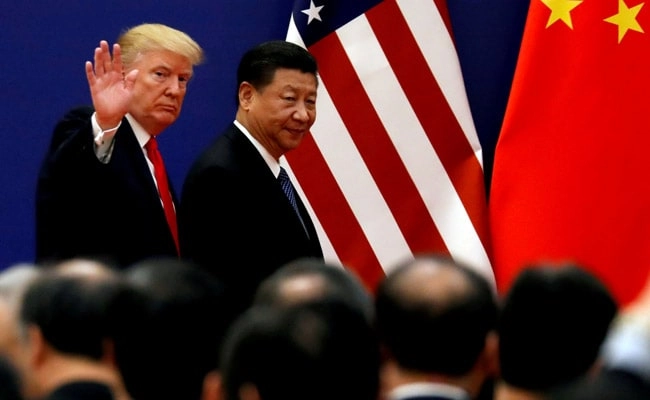In a recent social media post, Donald Trump shared an AI-generated video that depicted the arrest of former President Barack Obama, accompanied by the caption, “No one is above the law.” The video, which appears to be a product of advanced artificial intelligence technology, sparked significant controversy and debate among viewers and political commentators alike. Trump’s use of the video as a political statement reflects his ongoing strategy of utilizing provocative imagery and messaging to mobilize his base and challenge his opponents.
The phrase “No one is above the law” has historically been a rallying cry for accountability in governance. However, the dissemination of a digitally manipulated video depicting a former president in such a compromising situation raises ethical questions about the boundaries of political discourse. Critics argue that such content can perpetuate misinformation and further polarize an already divided political landscape. Supporters, on the other hand, may view it as a bold statement against perceived injustice in the political system, particularly in light of Trump’s own legal challenges.
This incident highlights the growing influence of deepfake technology in political communication. As artificial intelligence becomes increasingly sophisticated, the line between reality and fiction can blur, making it difficult for the public to discern truth from fabrication. The implications of this technology extend beyond individual political figures; they pose a broader threat to democratic processes and public trust in media. As misinformation spreads more easily through digital platforms, concerns about the integrity of information and the potential for manipulation become paramount.
Furthermore, Trump’s post can be seen as part of a larger narrative that seeks to frame political opponents as corrupt or criminal. By using such striking visuals, he aims to elicit an emotional response from his followers, reinforcing their loyalty and energizing them for future electoral battles. The effectiveness of this tactic, however, remains to be seen, particularly as audiences become more aware of the potential for digital manipulation in political messaging. Ultimately, the intersection of technology and politics continues to evolve, raising critical questions about the future of democracy and the role of truth in political discourse.




